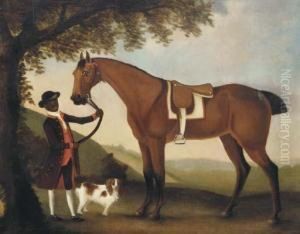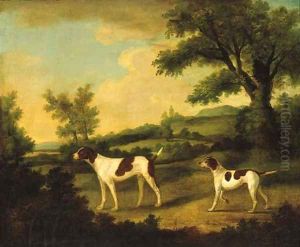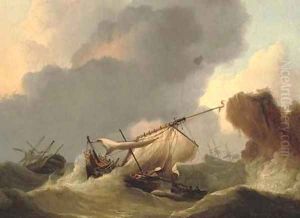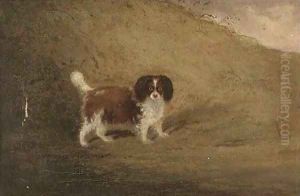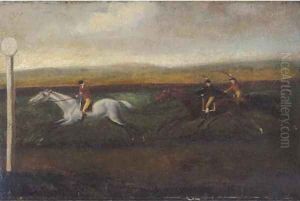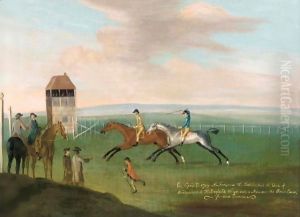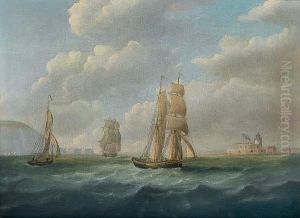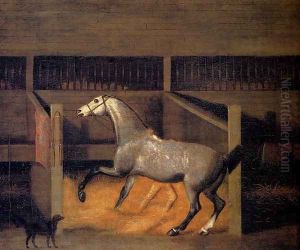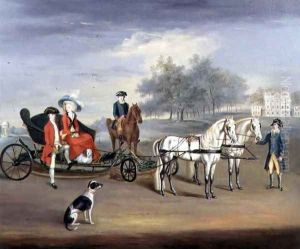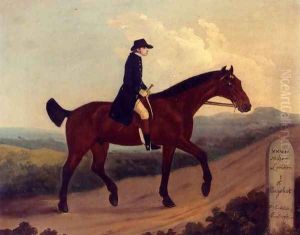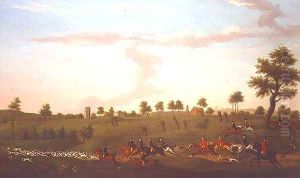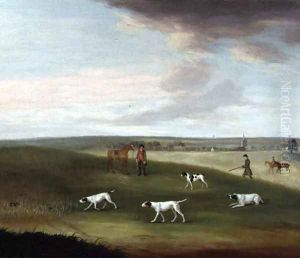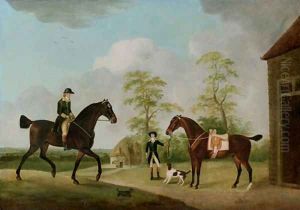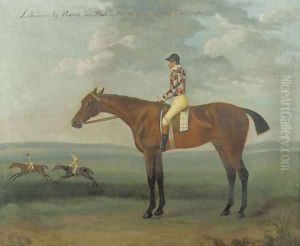Francis Sartorius Paintings
Francis Sartorius was an English painter of horses, horse-racing, and hunting scenes, belonging to the Sartorius family of artists that included his son, John Nott Sartorius. He was part of the first generation of English sporting artists, and his work reflects the increasing interest in depicting sports involving animals during the 18th century.
Born in 1734, Francis Sartorius was initially influenced by the work of James Seymour and John Wootton, early pioneers in English sporting art. He developed a style that captured the dynamism and excitement of equestrian events. Though he was not as well known as some of his contemporaries like George Stubbs or John Wootton, his work was appreciated for its lively representation of horses and sporting themes.
Throughout his career, Sartorius received commissions from prominent patrons and members of the aristocracy who were passionate about horse racing and hunting. He often depicted famous racehorses of the day, capturing their strength and agility in action. His paintings are characterized by their attention to detail, especially in the portrayal of the horses, which were rendered with anatomical accuracy and lively expression.
Sartorius' legacy continued through his son, John Nott Sartorius, who also became a respected sporting artist. Francis Sartorius died in 1804, leaving behind a body of work that contributed significantly to the genre of English sporting art and influenced subsequent generations of artists.
